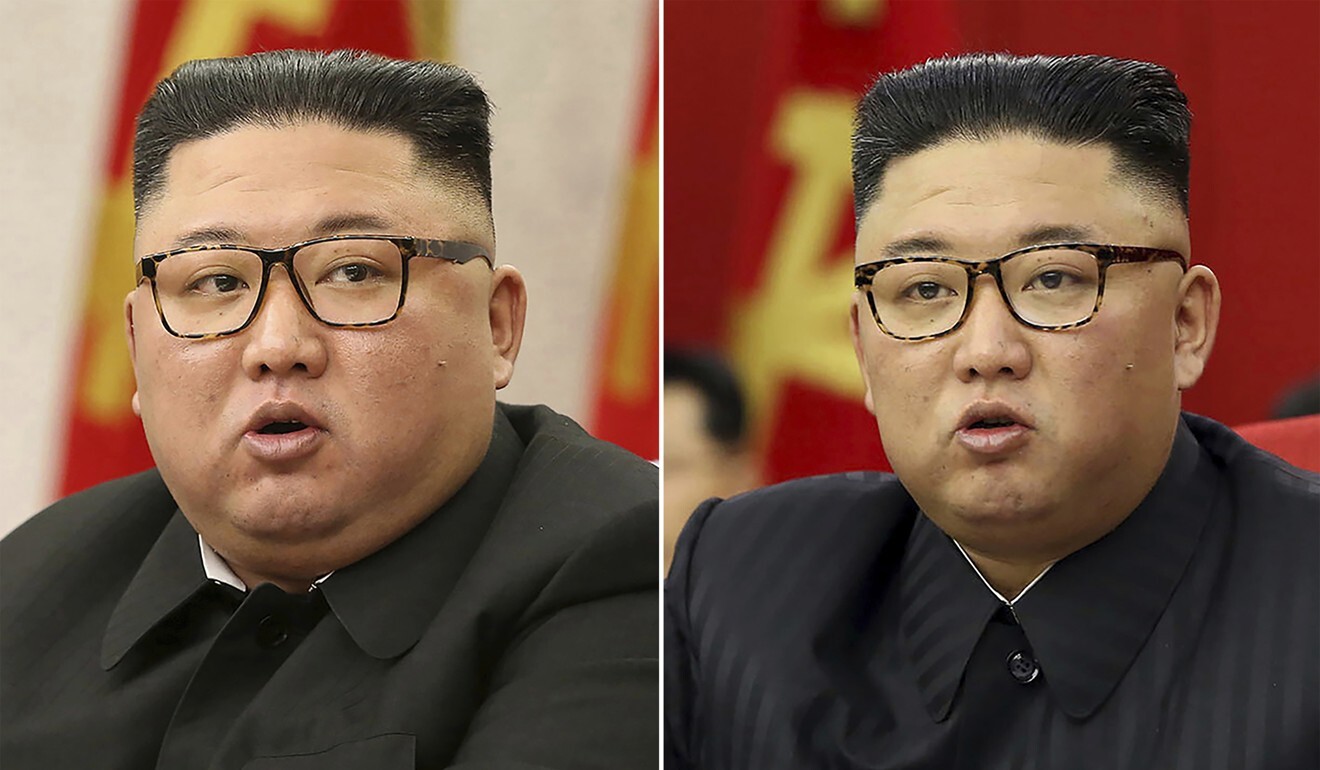
South Korea to develop its own naval interception system as it grows advanced military capabilities
- Seoul is planning a ship-based system to detect and destroy short-range aircraft and missiles amid the continuing security threat from the North
- Meanwhile, North Korean leader Kim Jong-un has lost 20kg and isn’t using a body double, said the South’s spy agency
The country’s Defense Acquisition Program Administration (DAPA) said it would launch a project next month to create a ship-based gun system for detecting and destroying short-range incoming enemy aircraft and missiles, in the final stage of the Navy’s multilayered interception programme. It aims to have the project complete by 2027.
South Korea also has ambitions to be a military powerhouse by developing its own defence equipment and arms.
Last month, South Korea successfully test-fired a submarine-launched ballistic missile for the first time. After further testing, it will be mass-produced for deployment, local media reported.
South Korea’s defence exports in 2020 are estimated to have reached 1. 7 trillion won (US$1. 43 billion), about the same as the previous year.
In a request submitted to parliament last month, DAPA sought nearly 1.5 trillion won (US$1.3 billion) for defence technology research and development, a 76 per cent jump from this year’s budget.
The new naval interception system, named the Close In Weapon System-II (CIWS-II), will eventually replace US and Dutch weaponry on which South Korea’s navy currently relies on for its final-stage interceptions.
“This project will provide us with chances to secure home-grown technology for final-stage interceptions, help boost the navy’s combat capabilities, bring about chances for exports and enhance competitive edges of the defence industry,” said Bang Geuk-cheol, a senior DAPA official.
Close-in weapons systems refer to final-stage navy weapons used to counter anti-ship missiles and enemy aircraft when interceptor missiles known as rolling airframe missiles (RAMs) fail to destroy them.
Under the new project, the navy plans to apply local technology for active electronically scanned array (AESA) radars and computer-controlled highly sophisticated radars, and develop technologies to counter various types of threats, such as those from hostile sea-skimming missiles and infiltrating high-speed boats, DAPA said.
The CIWS-II will be mounted on major naval ships, including destroyers currently in development under the Korean Destroyer Next Generation project.
Lee Il-woo, a defence analyst at the Korea Defence Network, said Seoul had decided to wean itself from Dutch and US providers for close-in navy weapons as maintenance services for the Dutch systems took too long and the US systems were too costly.
“The new system is necessary to counter threats from not only North Korea but any other potential enemies including China and Japan,” Lee said.
North Korea has continued with its missile development programme and has not responded to sanctions or efforts by the US, China or South Korea to end its nuclear programme, saying it needs it for self-defence.

On Thursday, Seoul’s spy agency said North Korea may have reprocessed spent fuel rods at its plutonium-producing Yongbyon nuclear facility from February to July. This assessment was in line with analysis from the UN’s atomic watchdog released in late August.
The spy agency’s comments were communicated to the media by lawmakers who attended a briefing. The agency also told the briefing that North Korean leader Kim Jong-un had lost about 20kg and appeared to be in good health, dismissing rumours that he was using a body double.
The 37-year-old leader – overweight and a smoker – has been the subject of health speculation for years and his public appearances are closely tracked for insights about the autocratic and secretive regime in Pyongyang, especially since his family has a history of heart disease.
Additional reporting by Bloomberg

